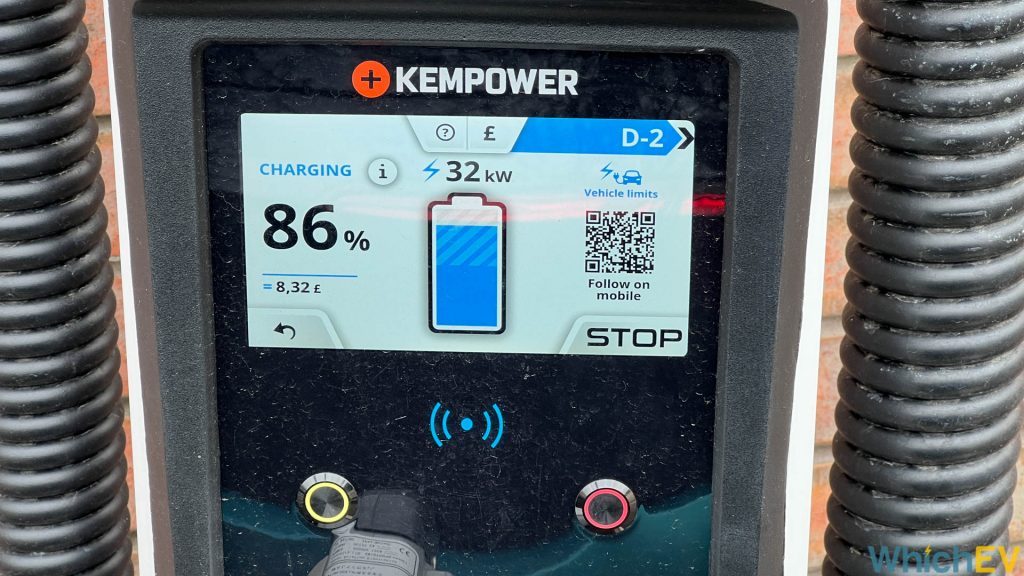The price EV drivers are paying to charge an EV on the public network has increased by 14% since June, new analysis by charge point mapping service Zap-Map has found.
Zap-Map’s analysis takes into account more than 500,000 charging sessions per month, across approximately 70% of the charge points in the UK. The findings show that, in September 2022, the average weighted price of charging at a slow or fast charger – typically found on-street or at a destination such as supermarkets or car parks – was 39p/kWh in the UK, while the price for a rapid or ultra-rapid charge point, typically used for high speed en-route charging, was 56p/kWh, the company said. This means that prices for slow/fast charge points were up 15% from 34p/kWh in June 2022, with prices for rapid/ultra-rapid chargers up 14% in the same period, from 49p/kWh.
Explaining, the company said that primarily because of restricted gas supplies and geopolitical instability, wholesale electricity prices have increased dramatically in 2022, with the UK seeing a new record high peak in September. It is a trend that has pushed charge point operators’ costs higher than ever, with these increasing costs inevitably being passed on to EV drivers using public networks.
Despite this, it is still cheaper to run an EV than an internal combustion engine (ICE) vehicle. Although the cost of charging on the public network is increasing, EV drivers can still save versus driving an ICE car, wherever they tend to charge, Zap-Map said. For example, a driver charging at home 80% of the time would save around £1,200 per year versus an ICE car, while a driver charging solely on the public network using a combination of slow/fast and rapid/ultra-rapid charging would save around £900 per year.
According to the annual survey by Zap-Map, many people are keeping a close eye on the rising costs of electricity, with 41% of drivers concerned about the high cost of charging – up from 33% in 2021.
Over 80% of EV drivers are confident that their EV is currently cheaper to run than the equivalent ICE vehicle. Looking ahead, however, this figure does drop a little: around 75% are confident that the same will be true by January 2023, the company said.
“With cost savings front of mind for people across the country, the Zap-Map Price Index highlights that the price EV drivers pay varies a good deal across different charging scenarios,” said Melanie Shufflebotham, Co-founder & COO at Zap-Map.
